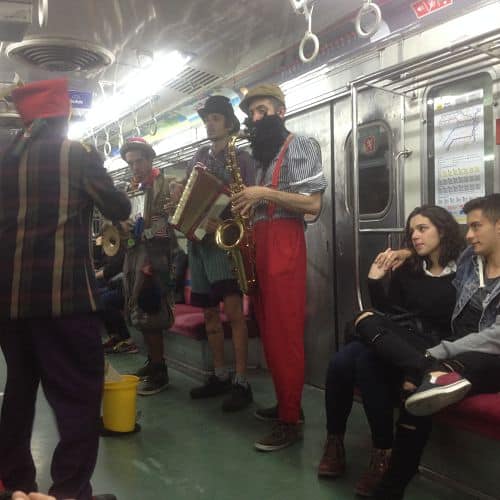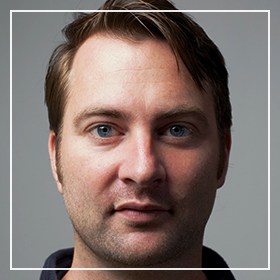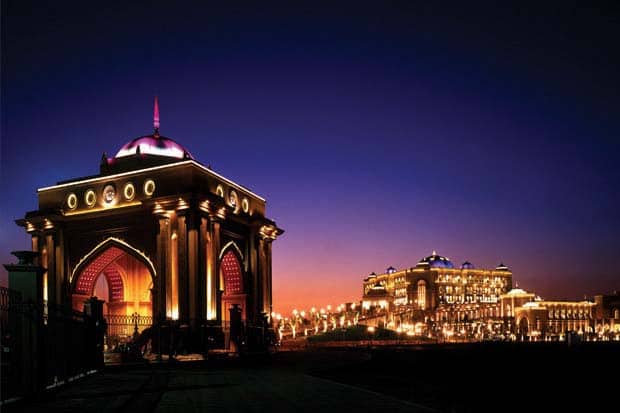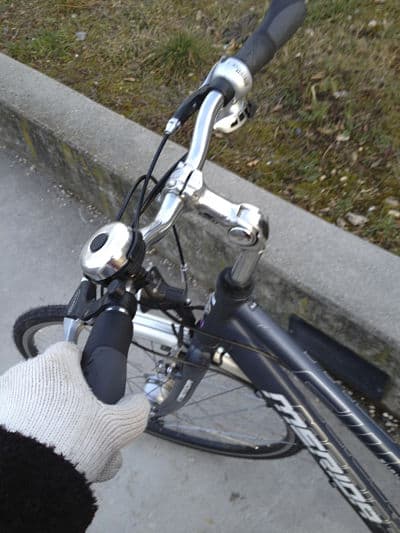The city rattles, rustles and roars unremittingly. In Buenos Aires you hear the constant medley of restless mechanical noises and the humming of millions of lives. The central pitch of this soundscape is the overflowing traffic of the metropolis. As an anthropologist working in the capital of Argentina, I rely on public transport with its shrieking buses, clattering subways and rumbling trains. During my ethnographic fieldwork on the construction of trust in the realm of criminal courts, I spend countless hours traveling across town to my meetings with lawyers, judges, secretaries, academics, activists, and other actors in the field of criminal justice. To escape the boredom of these long rides I started to pay attention to the plethora of musicians who present their repertoire in subway wagons and stops. A multitude of talented, and not so talented, artists stray through the city and interrupt the boring traveling routine of the passengers with their songs, who in case they like what they hear, reward the musicians with a small donation.
On my travels through the city, I became intrigued by how the songs of the artists merge with the mechanic sounds of the traffic, how the noises of machines, the monotonous computer voices and the rhythms of the city blend with these performances in unpredicted and coincidental ways.
The murmur of the trains, the screaming breaks, the rough rumble of closing doors, alarm signals, the neutral voices of recorded announcements and all those further sounds of the technical instruments compose such a common background that one tends to fade out these noises and to concentrate on the music performed by humans only. With this compilation of recordings, I made during my travels, I invite the listener to take notice of this interplay and to realize that the combination of music and machinery, creates a very particular soundscape: the acoustics of the urban.
The different genres, styles and songs, which already themselves evoke particular images and stereotypes, interplay in very unique ways with the surrounding technical soundscape. While the beat-boxing and rapping appear to match with the imagery of urban coolness, the panpipe songs of Andean Argentina, on the other hand, seem to stand in sharper contrast to the roar of the city. The different compositions of technical noises and varying musical genres allow individual interpretations that are undoubtedly linked to the emotions that are transported through the music and which respond and relate to the sentiment of the metropolis. However, I have the suspicion that both, the artists and their audience, often lose track of this particular correlation between music and the urban sound. People are so used to the noises of the city, that they blend out the machinery and that in the end silence is more irritating to them than the constant din. The noise is pushed into the sphere of the unnoticed, the unconscious.
Everyone interested in music, however, is aware that the emotional effect of music changes due to its context. This is very apparent if one recalls the difference of listening to a piano piece in a festive concert hall, or in a smoky bar.
For me, these recordings from Argentinian public transport beg the question of how the emotional content of music and the emotional reaction of the audience to the music is altered by a context that is less obvious or even subconscious.
Does the sound of machines intensify certain emotions? Does it fit better with particular styles and songs? Would the emotional reaction change if people would be more aware of the orchestra of machines? Could the interplay be used to create new forms of musical styles?
The recordings compiled here invite one to think about these and further questions. Furthermore, they serve as a reminder to also pay attention to other ‘background noises’ one tends to overlook or overhear in the daily routines. I think that it’s worth paying attention to the influence of the ‘self-evident’ and the ‘commonplace’ of how people perceive and feel about the world they are moving in and to constantly ask ourselves which kind of ‘naturalness’ dominates our own perceptions.





